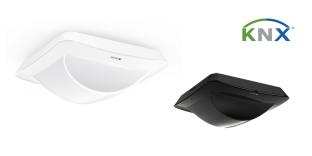
ABB’s Lucy Han describes how comfort, energy efficiency, and smart technology can come together seamlessly in a sophisticated office environment.
From the 14th floor of the Hanza Tower, Archice, an architectural firm leasing the space, enjoys breathtaking views of Szczecin. Beyond scenic panoramas, however, Archice sought an environment that was not only welcoming to clients but also showcased advanced building technologies in action.
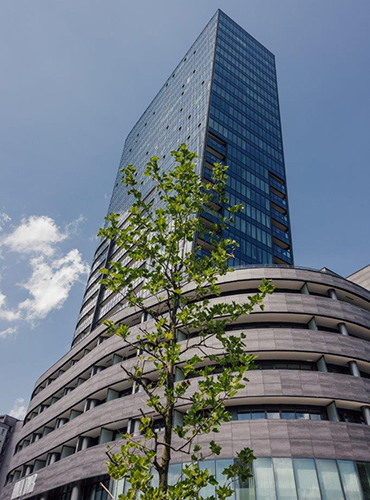
In a space with expansive windows and always-active computers, creating a comfortable environment requires more than simply setting the thermostat. Maintaining optimal conditions demands continuous monitoring, as it is easy for rooms to overheat, lights to waste energy at full brightness, and spaces to become too dim as natural light fades.
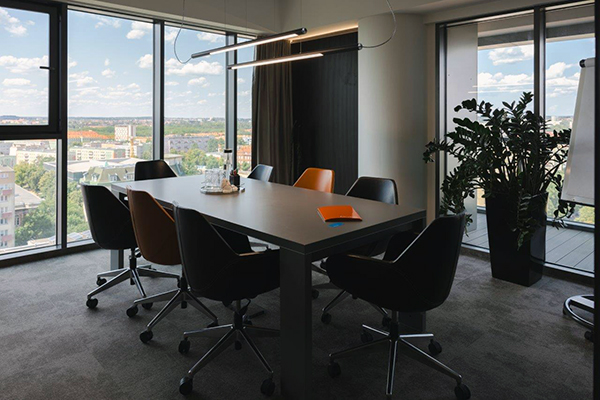
KNX optimises comfort
To achieve this, Archice invested in ABB’s i-bus® KNX system, integrating digital sensors, touch screens, and switches throughout the office. In the conference room, where large windows previously led to frequent overheating, they installed automated curtains along with ventilation and metering systems. According to Krzysztof Stepniewski, Chief Financial Officer at Archice, this automation means employees no longer need to adjust the room controls for meetings; comfort is always optimised.
“Automation brings us practical benefits,” Stepniewski explains. “With long hours and many high-power computers, our workspaces often overheated. Now, the KNX system instantly adjusts temperatures as needed. It’s noticeable both in the office’s comfort levels and our energy bills.”
In addition to functionality, aesthetics is essential. As a workspace where architectural designs are created, Archice’s office also serves as a live showroom, allowing clients to experience innovative technologies first hand. A notable example is the glass-enclosed ComfortLine cabinet with its digital switchboard, which functions as both a visual centrepiece and an electrical control hub.
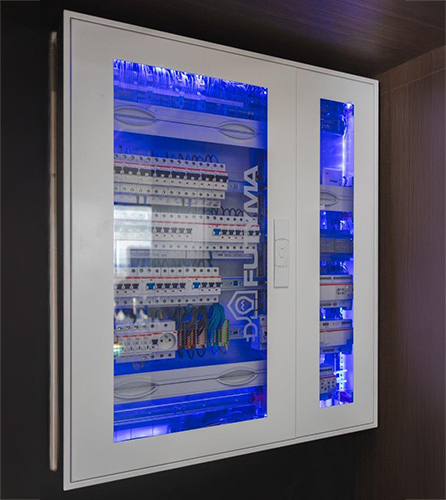
“As architects and designers, we see automation not just for its functionality but also for its aesthetic appeal,” Stepniewski adds. “By working with advanced control panels and sensors, we’re able to envisage automation from an end-user perspective.”
More than just gadgetry
KNX installations are often customised to meet specific needs, and Archice’s office was no exception. Starting with an empty space, Archice collaborated closely with systems integrator, FUTYMA Systemy Inteligentne, to design a lighting setup, later enhanced with KNX and DALI control systems. Motion detectors equipped with temperature sensors were added, allowing for automated adjustments to lighting and temperature in each room.
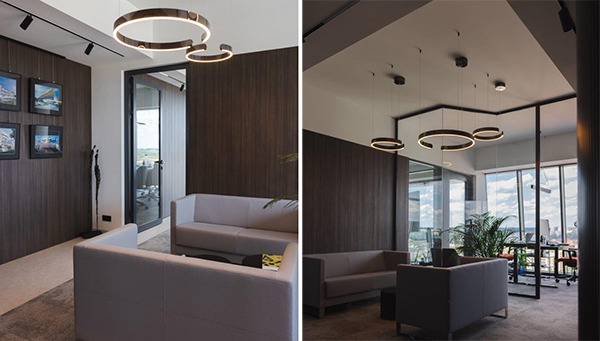
Wojciech Futyma, owner of systems integrator FUTYMA Systemy Inteligentne, explains, “A strong sense of aesthetics and functionality was key to this project. “An office should be comfortable for work, but it also must make an impression. Archice approached the project from multiple angles to create true value and ensure that the installation could grow with future needs. Clients often think of automation as mere ‘gadgets’, but we wanted to show its practical, everyday value.”
After several months of use, Archice has seen such benefits that they now plan to make automation solutions standard in all their future architectural projects.
Conclusion
Awareness of automation technology is growing among commercial building owners and tenants, especially with recent shifts in energy prices. Financial savings and security are top concerns for building users, and projects such as this are complex and tailored to each building, making the integrator’s role, supported by the equipment manufacturer, essential to success. It worked perfectly in this case, and serves as a best-practice model for future projects.
Lucy Han is Business Line Leader for Building Automation at ABB Smart Buildings.










